Lotus Cars is a highly respected and much sought-after name in the world of motorsport. From the classic Lotus Seven to the cutting-edge Evija electric hypercar, their sleek, aerodynamic, and lightweight designs prioritise precision, speed, and driving pleasure.
In this complete guide to Lotus cars, we’ll look into the history of Lotus to understand where the designs and ethos came from. We’ll also discover what makes Lotus cars so special, looking specifically at the top 5 models both classic and modern.
The History Of Lotus Cars
Lotus Cars was founded in 1952 by one engineer in Hethel, Norfolk. Colin Chapman was a pioneering engineer. He sought to prioritize simplicity and lightweight design, with early models like the Lotus Mark VI showcasing advanced materials and design to achieve his vision.
From its first workshop in Hornsey, North London, Lotus began hand-building cars. In 1957, Chapman introduced the iconic Lotus Seven. This minimalist sports car was simple, lightweight, and offered a raw, unadulterated driving experience for its owners. At this time, Lotus was also competing in Formula One, winning 7 constructors’ titles and 6 drivers’ titles before 1978.
As well as innovative F1 cars, Lotus continued to push the boundaries with models like the popular Lotus Elan and the iconic Lotus Esprit. After Chapman’s death in 1982, the Lotus Elise was introduced in 1996 and stayed true to his vision. It became an instant classic, a testament to Lotus’s dedication to lightweight design and pure driving pleasure.

Colin Chapman and Lotus 1
Who Owns Lotus cars?
In 2017, Zhejiang Geely Holding Group, has held a majority stake in Lotus. The Chinese multinational automotive company provide Lotus with substantial financial resources as well as unlimited access to Geely’s advanced automotive technologies. This has meant that Lotus has been able to develop plans for electric and hybrid cars, like the Lotus Evija.
The Lotus Evija has been tested and developed since 2019 and is expected to start being delivered to customers at the end of 2023.
Where Are Lotus Cars Made?
Despite the takeover by Geely, Lotus cars are still all handmade in Hethel, Norfolk. Since 1966, Lotus has had a specialist factory and road test facility at Hethel and as of 2023, Geely has no plans to change where Lotus cars are made.
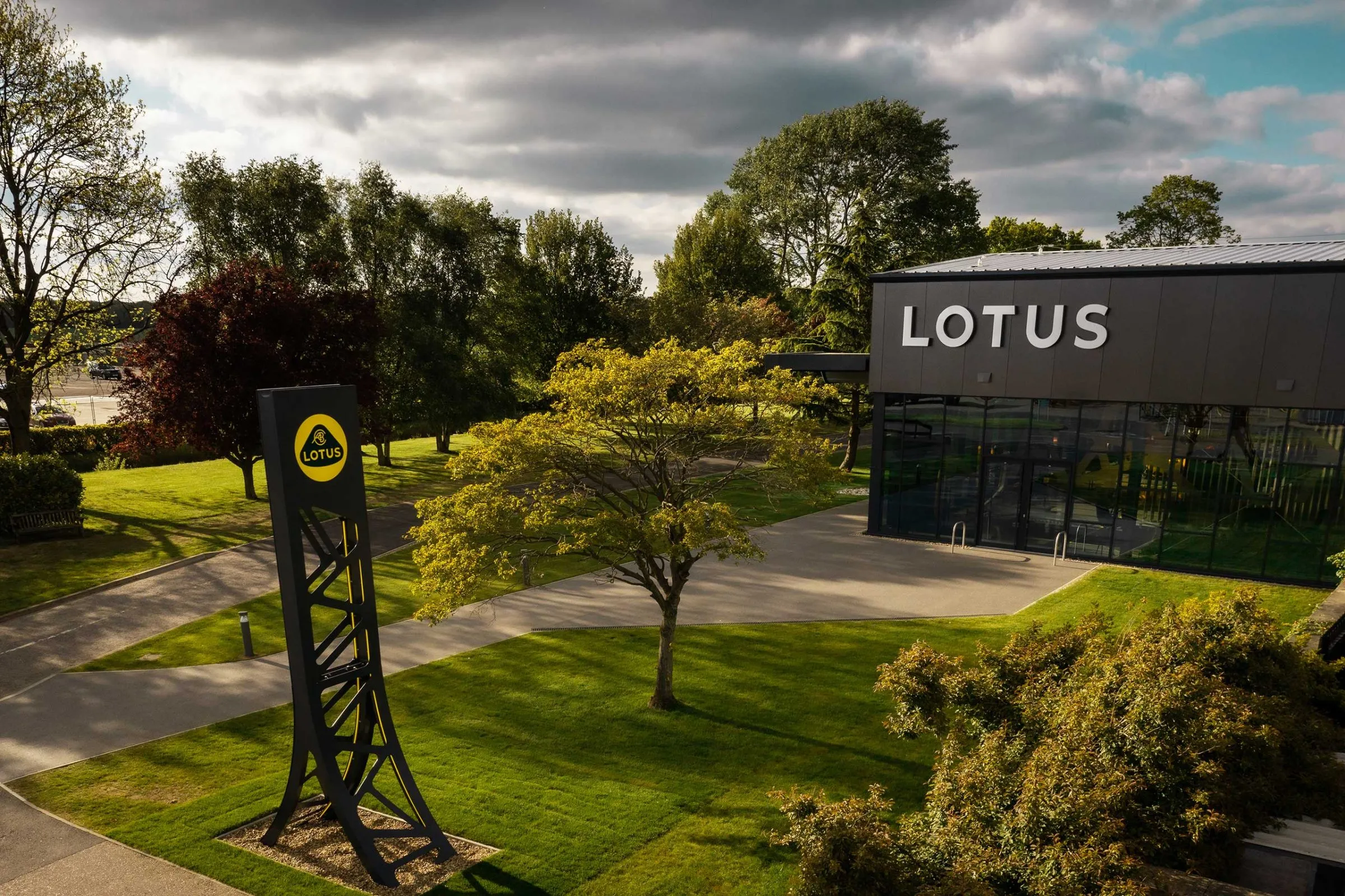
The Lotus Factory, Hethel, Norfolk.
Why Are Lotus Cars Special?
Colin Chapman’s vision of a car that is simple and lightweight with a raw driving experience is what made Lotus cars so special. Even modern Lotus cars are designed and built with his philosophy in mind.
1. Lightweight Engineering
Colin Chapman famously said for Lotus cars: “Simplify, then add lightness.” And Lotus designs do focus on reducing weight without compromising performance. This results in cars that are agile and responsive.
2. Chassis Design
To save weight, Lotus has been innovative with its chassis designs. They use monocoque structures and materials like composite and aluminium to save weight while remaining stiffest and responsive.
3. Aerodynamics
Innovative at Lotus doesn’t stop at weight-saving designs though. By using cutting-edge technologies to maximize downforce and minimize drag, Lotus cars have exceptional handling at speed.
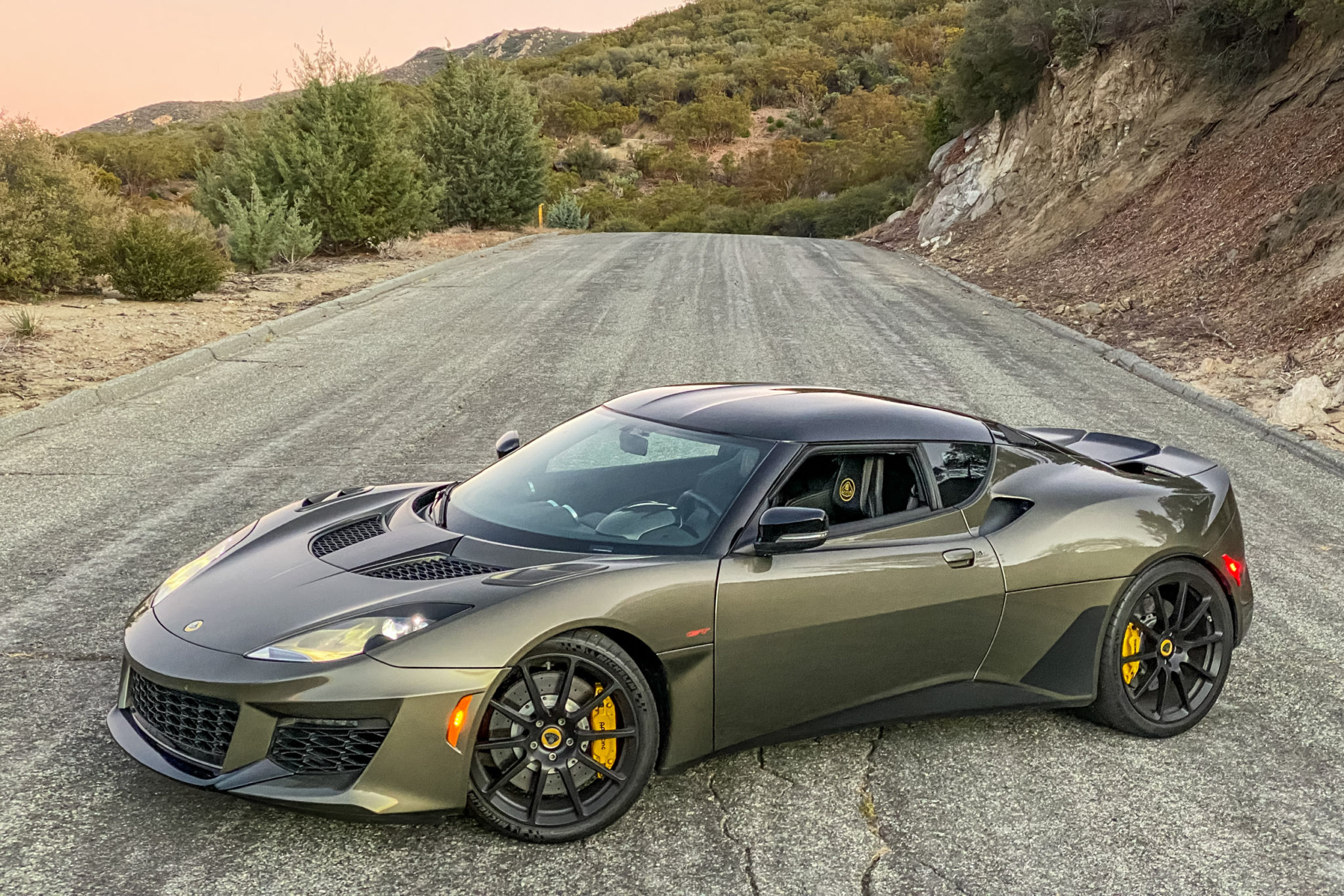
Lotus Evora GT
Why do all Lotus Cars start with E?
Not all, but most Lotus car models start with the letter E. The Lotus Elise, Espirit, Elan, Europa, Exige, etc. Although there are a few early exceptions including the Lotus Seven.
The earliest Lotus models had a naming convention of Mark I, Mark II, Mark III, and so on. Up until the Lotus Mark XI. To avoid some confusion with the numeric symbols, Chapman launched the Mark XI under the name Lotus Eleven. Since then, every Lotus car model has begun with the letter E.
5 Iconic Lotus Models
1. Lotus Seven (1957-1972)
The Lotus Seven is the pinnacle classic Lotus car. It is a lightweight, open-top sports car that was actually the basis for the Caterham Seven.
The simplicity and razor-sharp handling of the Lotus Seven make it a firm favourite among enthusiasts.

Lotus 7
2. Lotus Elan (1962-1973)
Another classic Lotus car, the Elan, is believed to be one of the finest sports cars ever made. Its combination of a fibreglass body, a responsive twin-cam engine, and an innovative chassis was an industry first.
It set the bar high for sportscars not just in the 1960s but through the ages.
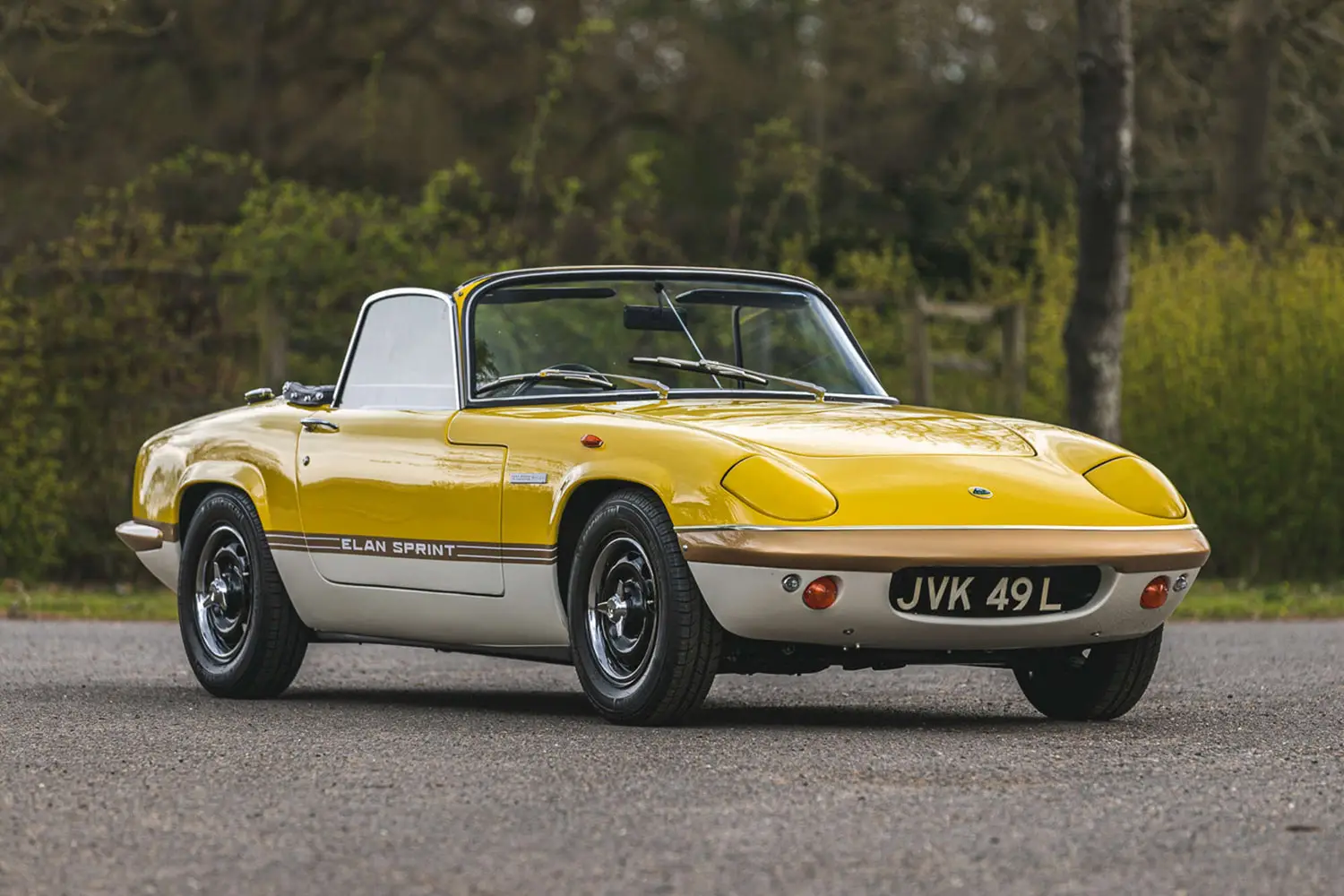
Lotus Elan
3. Lotus Esprit (1976-2004)
The Esprit is arguably Lotus’s most famous creation, thanks in part to its appearance in the James Bond film “The Spy Who Loved Me.”
This mid-engine supercar featured a striking design and impressive performance and is still highly sought-after.
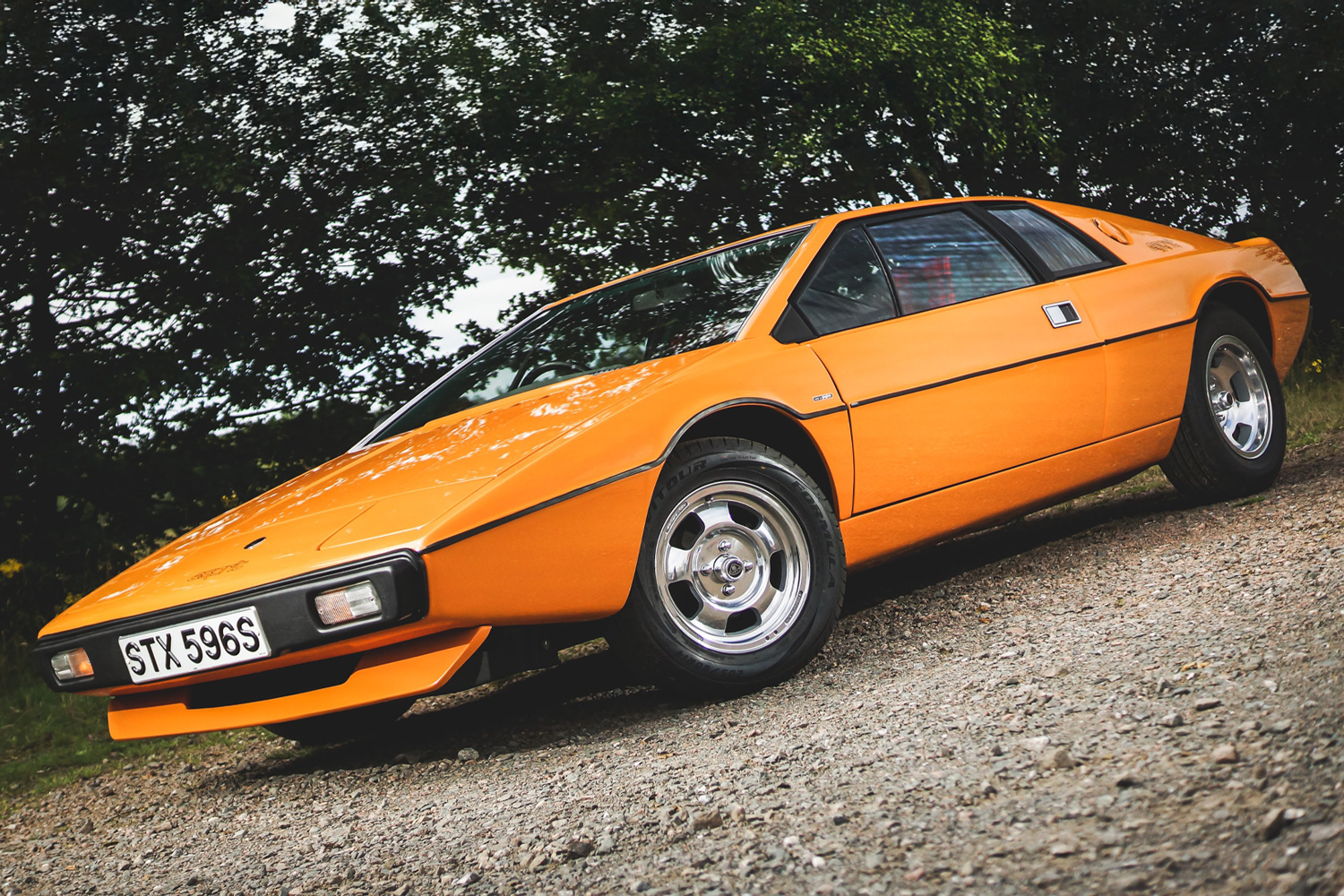
Lotus Esprit 1976
4. Lotus Elise (1996-2021)
With an ultra-lightweight chassis and a focus on pure driving pleasure, the Lotus Elise is a modern-day classic.
In its early days, the Elise was not only a hit on the road but also a popular choice on the track.
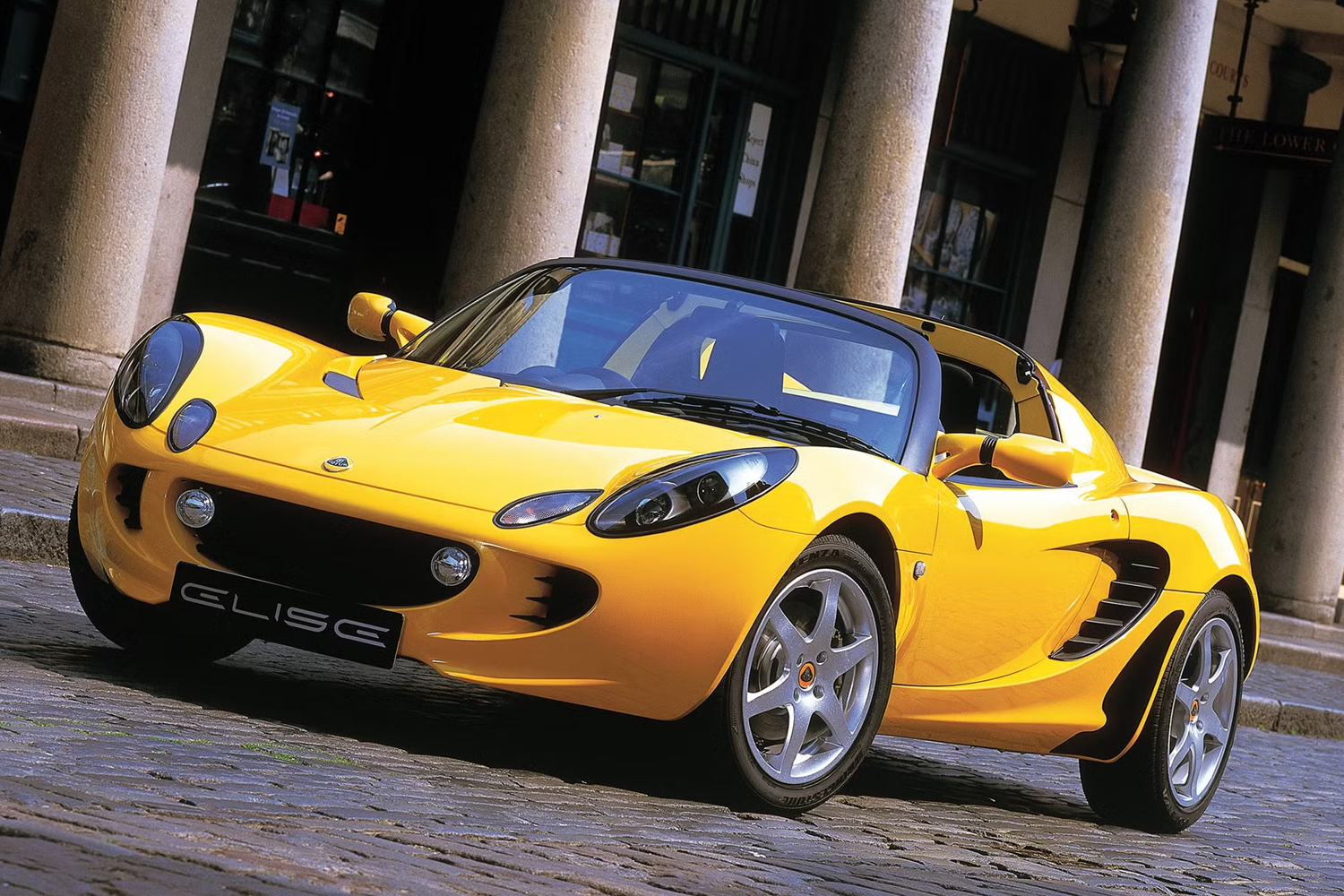
Lotus Elise
5. Lotus Evora (2009-Present)
The more modern Lotus Evora offers something different from the ultra-lightweight classic models.
The Evora combines a more refined interior but still boasts the performance and handling prowess that Lotus is known for.
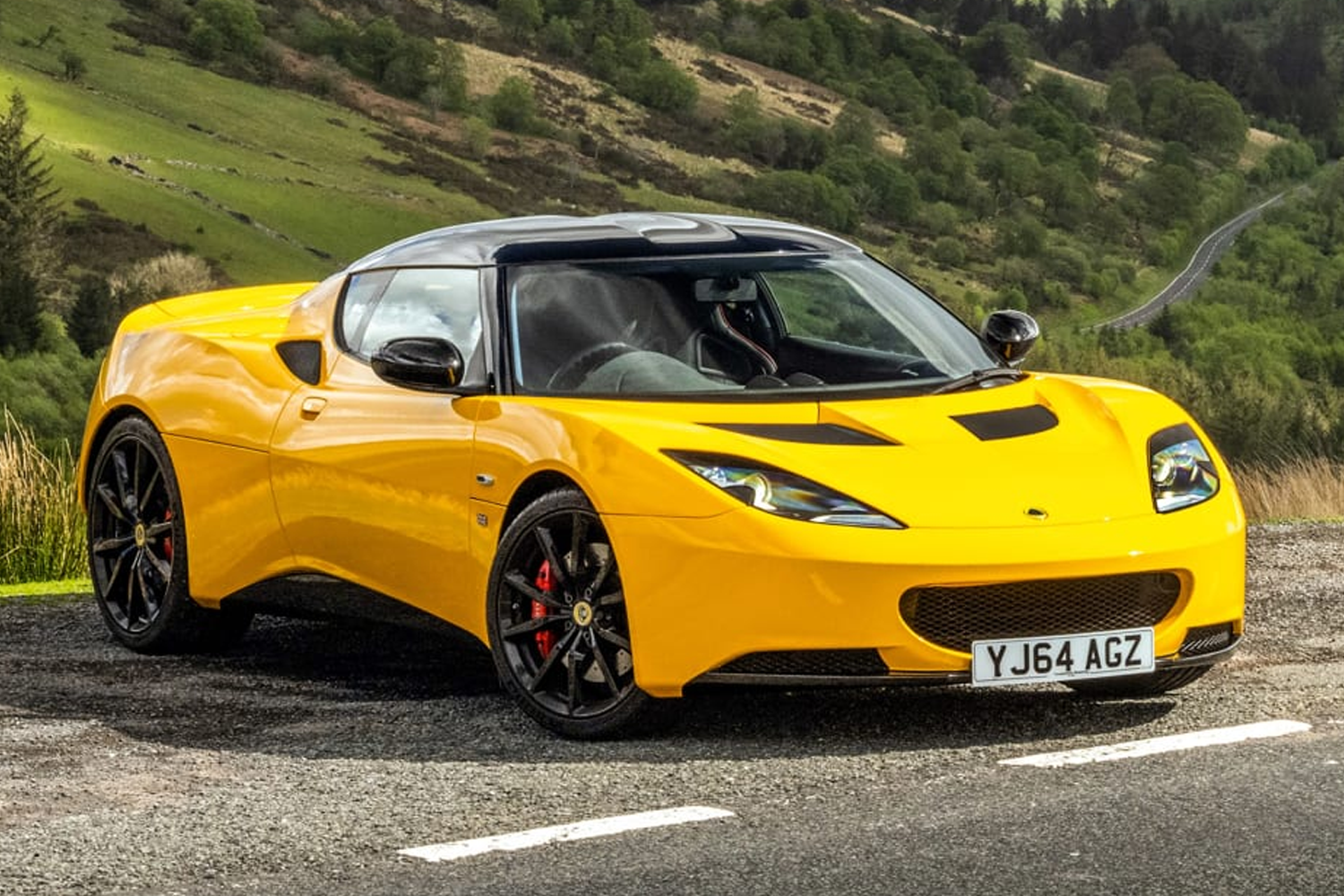
Lotus Evora
How Much Is A Lotus Car?
The cost of a Lotus car varies depending on the model, specifications, and year of manufacture. An entry-level new Lotus car can cost £50,000, while the limited-production all-electric hypercar, the Lotus Evija, has a price tag of £2.04 million.
Used Lotus cars can be a more affordable way of owning a Lotus. Expect to pay £20’000 upwards for a classic Lotus car, however, some more sought-after models will be considerably more valuable.
Generally, Lotus cars are known for their reliability through the years as long as they have been well-maintained. So although a used Lotus may cost less than a new one, you will still experience the iconic drive of a Lotus sports car.
To start looking for a used Lotus car for sale in the UK, visit our online showroom. With prices, specs, and plenty of photos, it’s a great way to find your dream Lotus sportscar!
